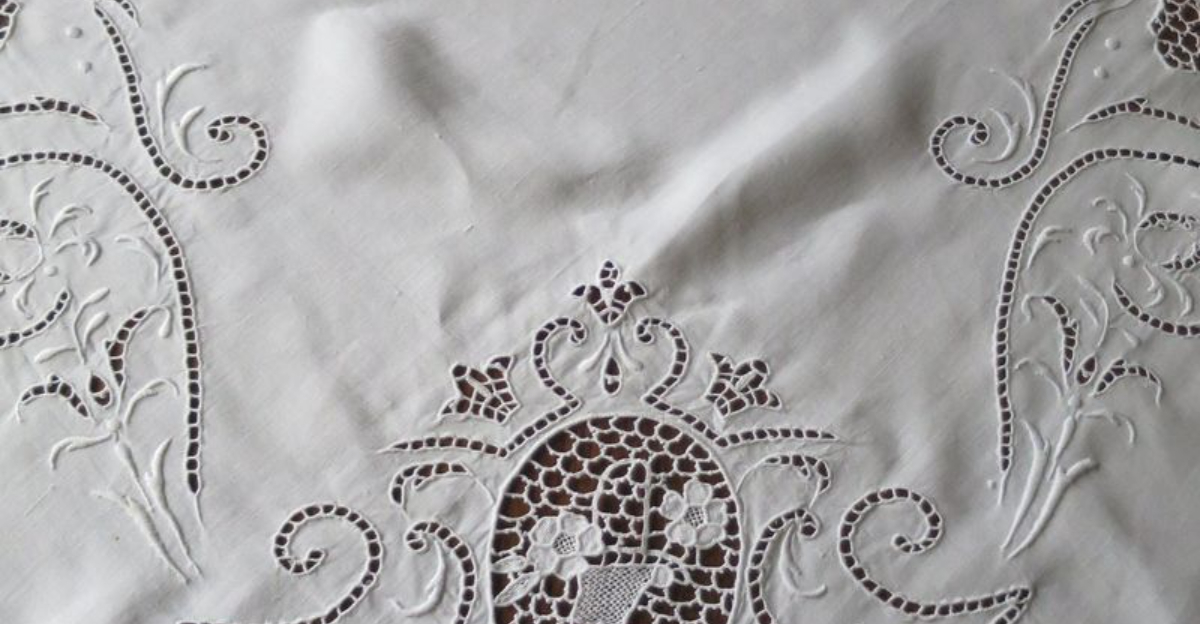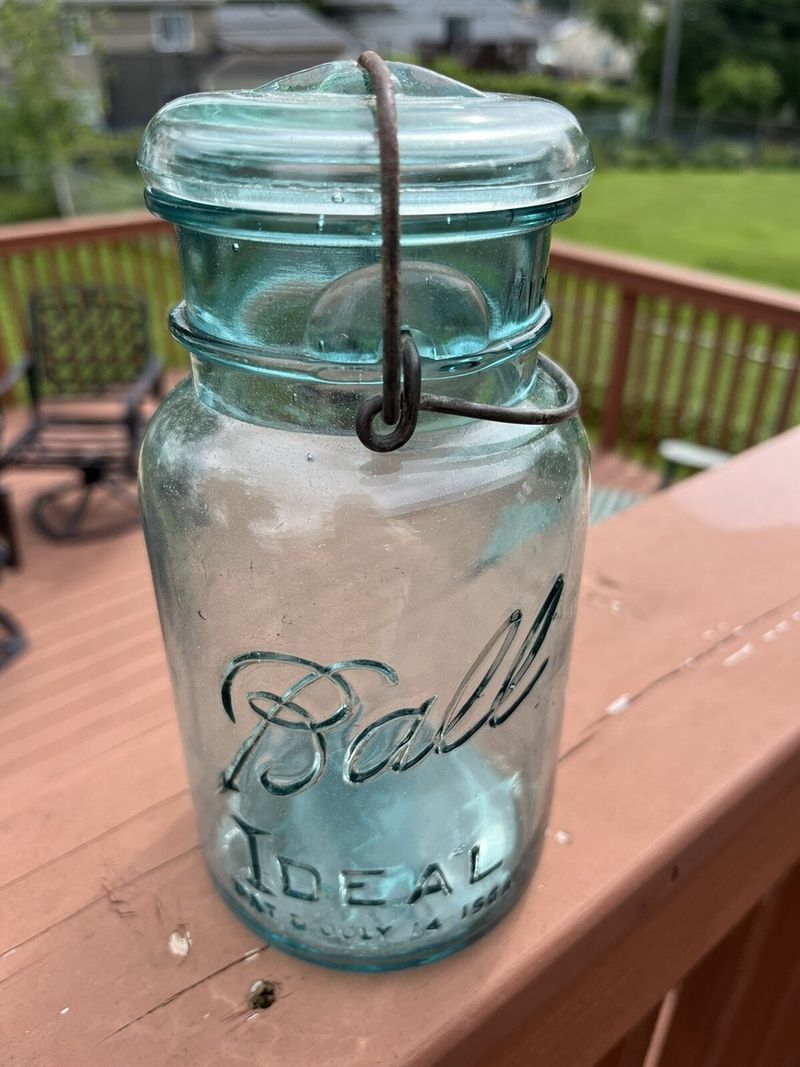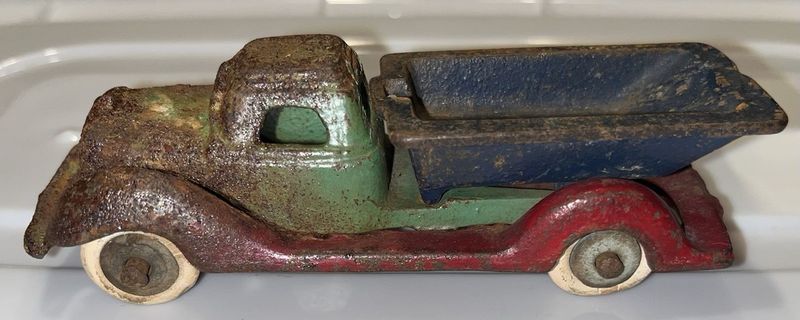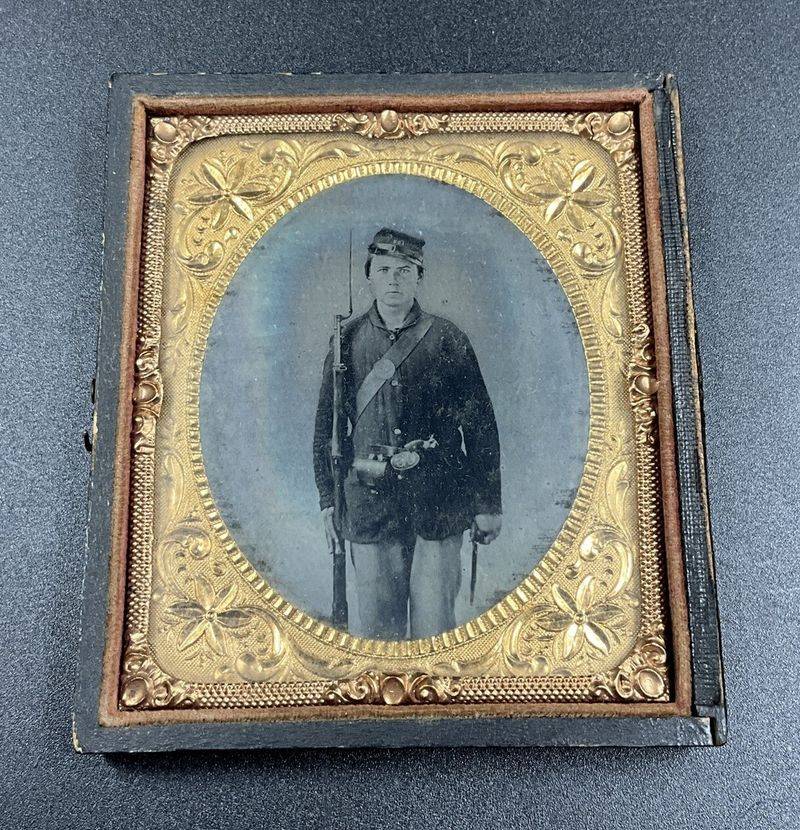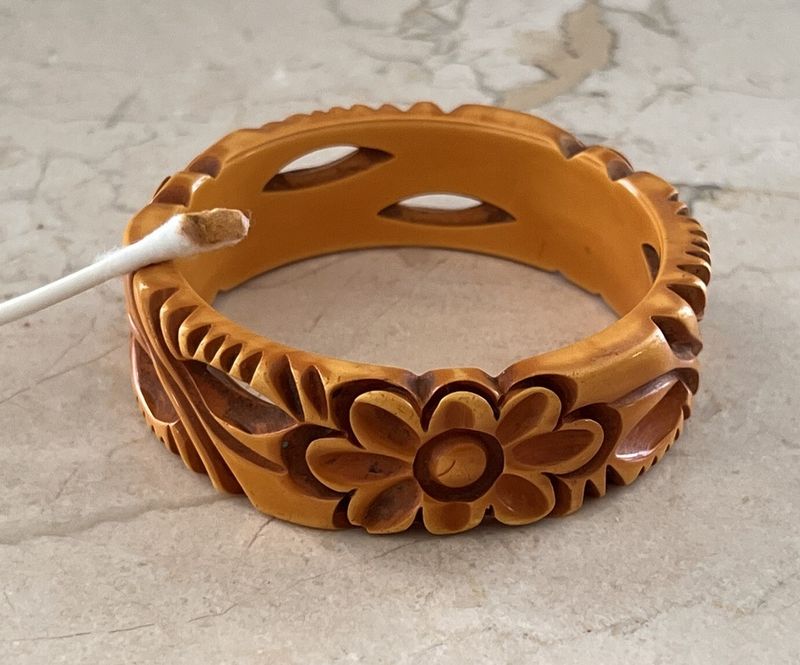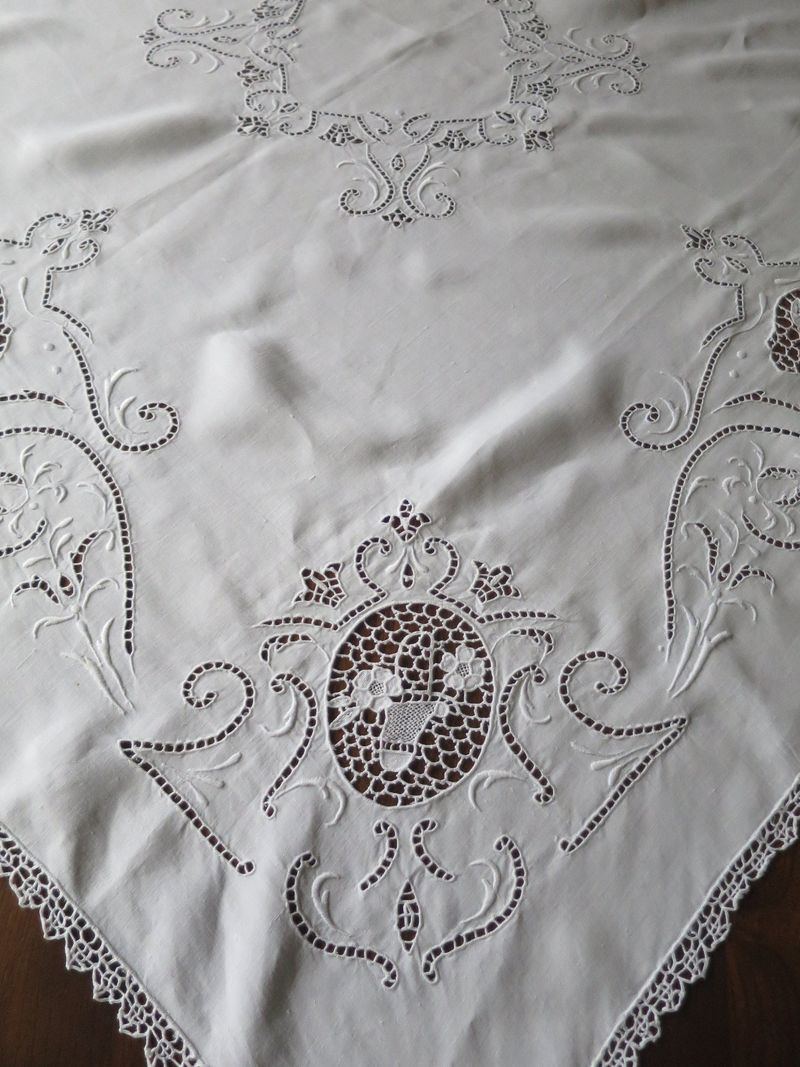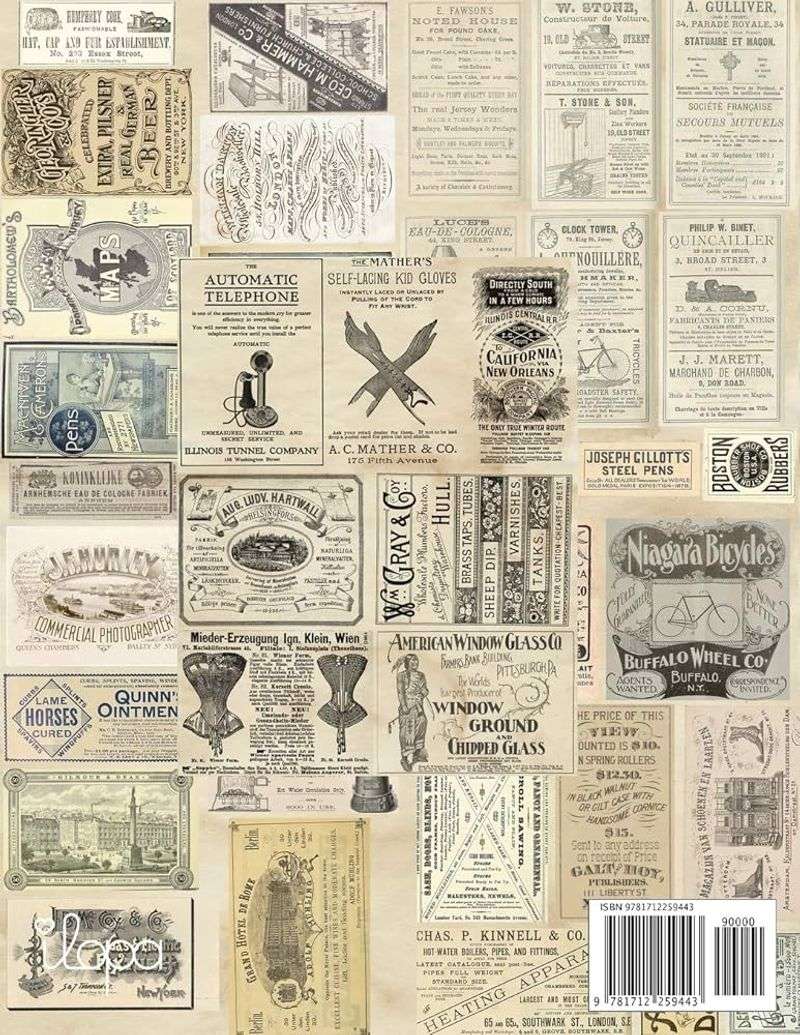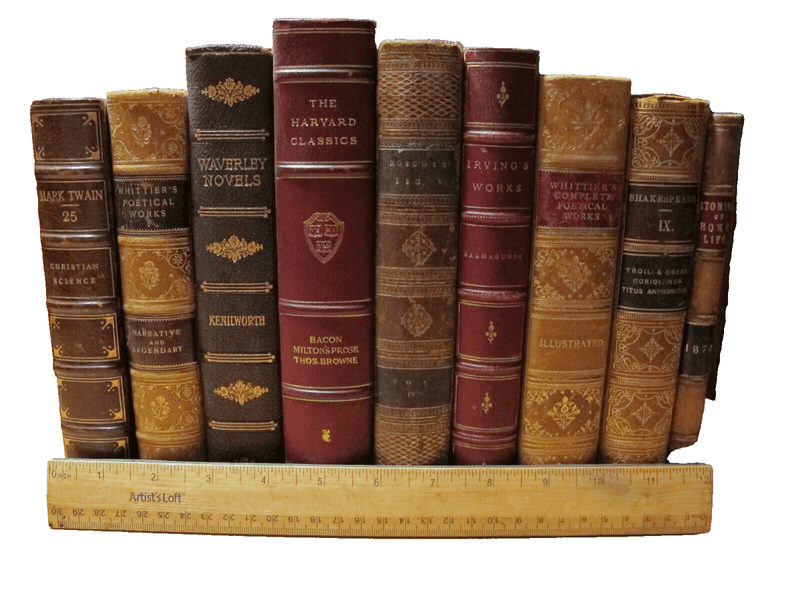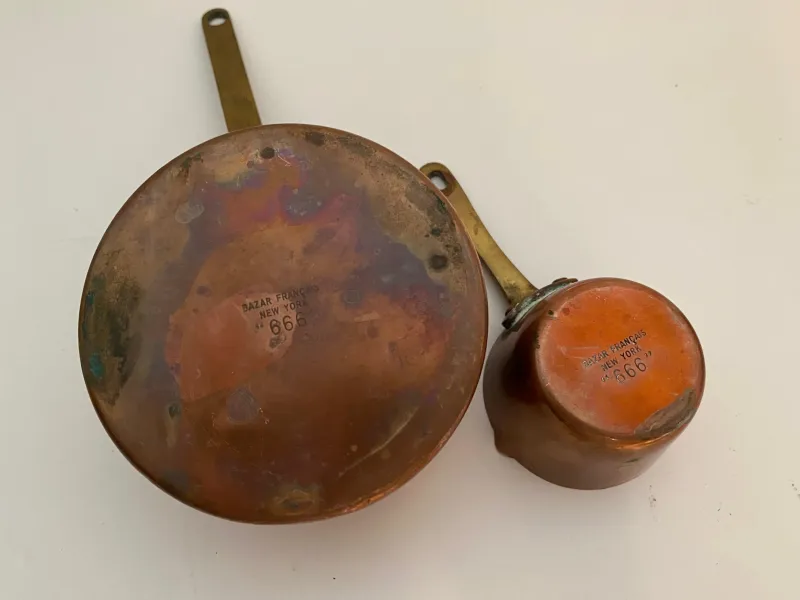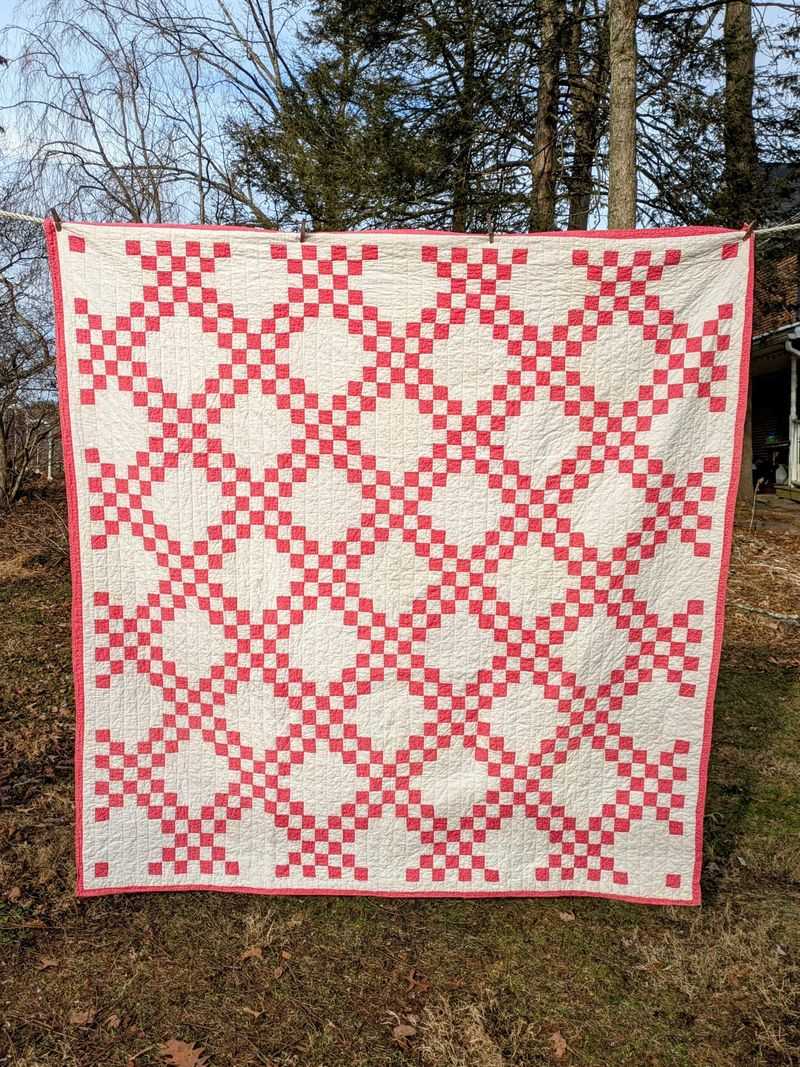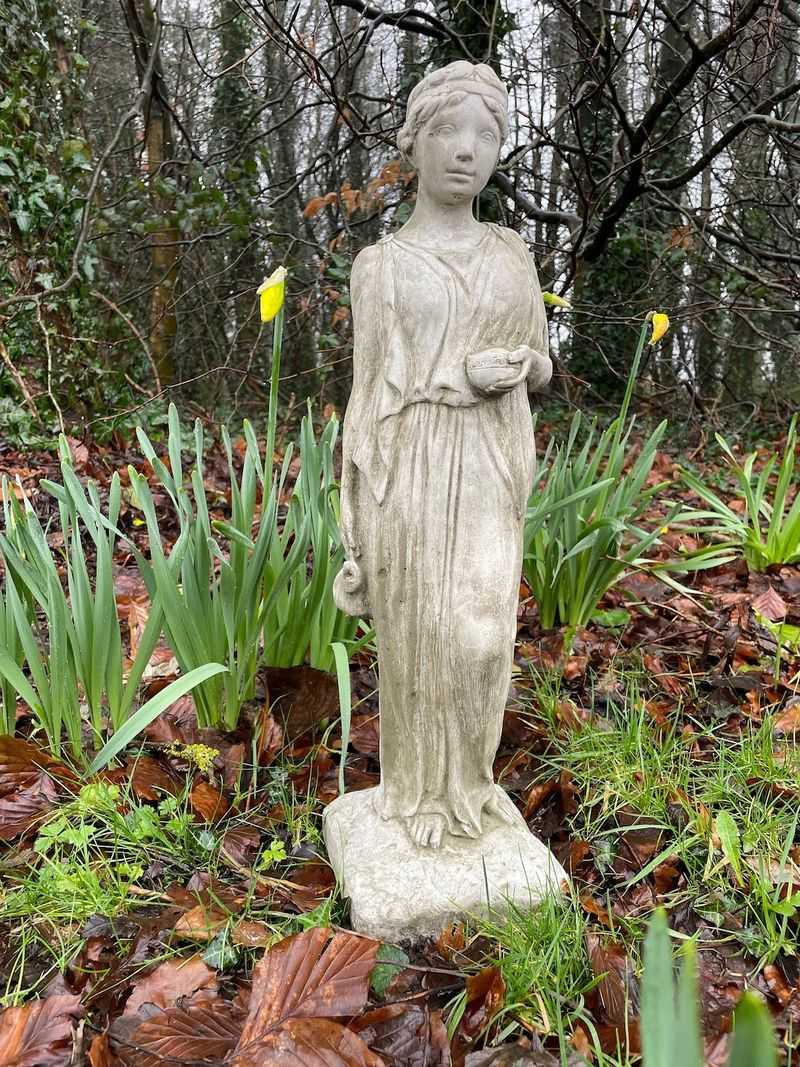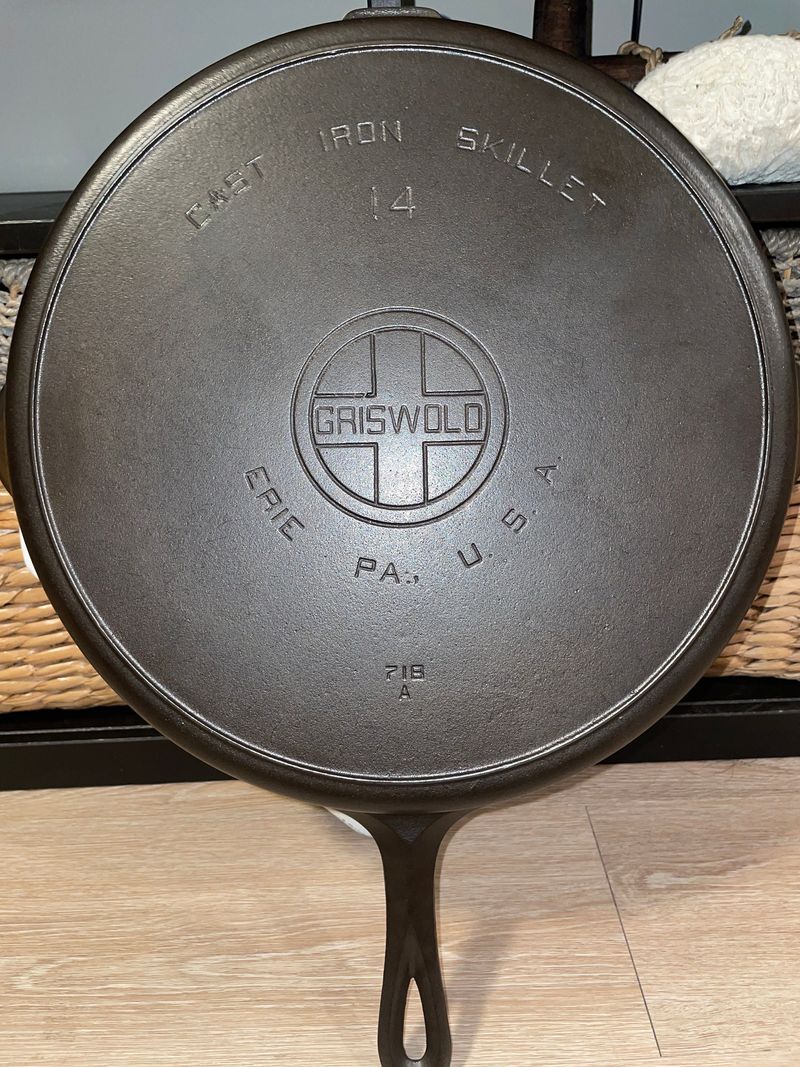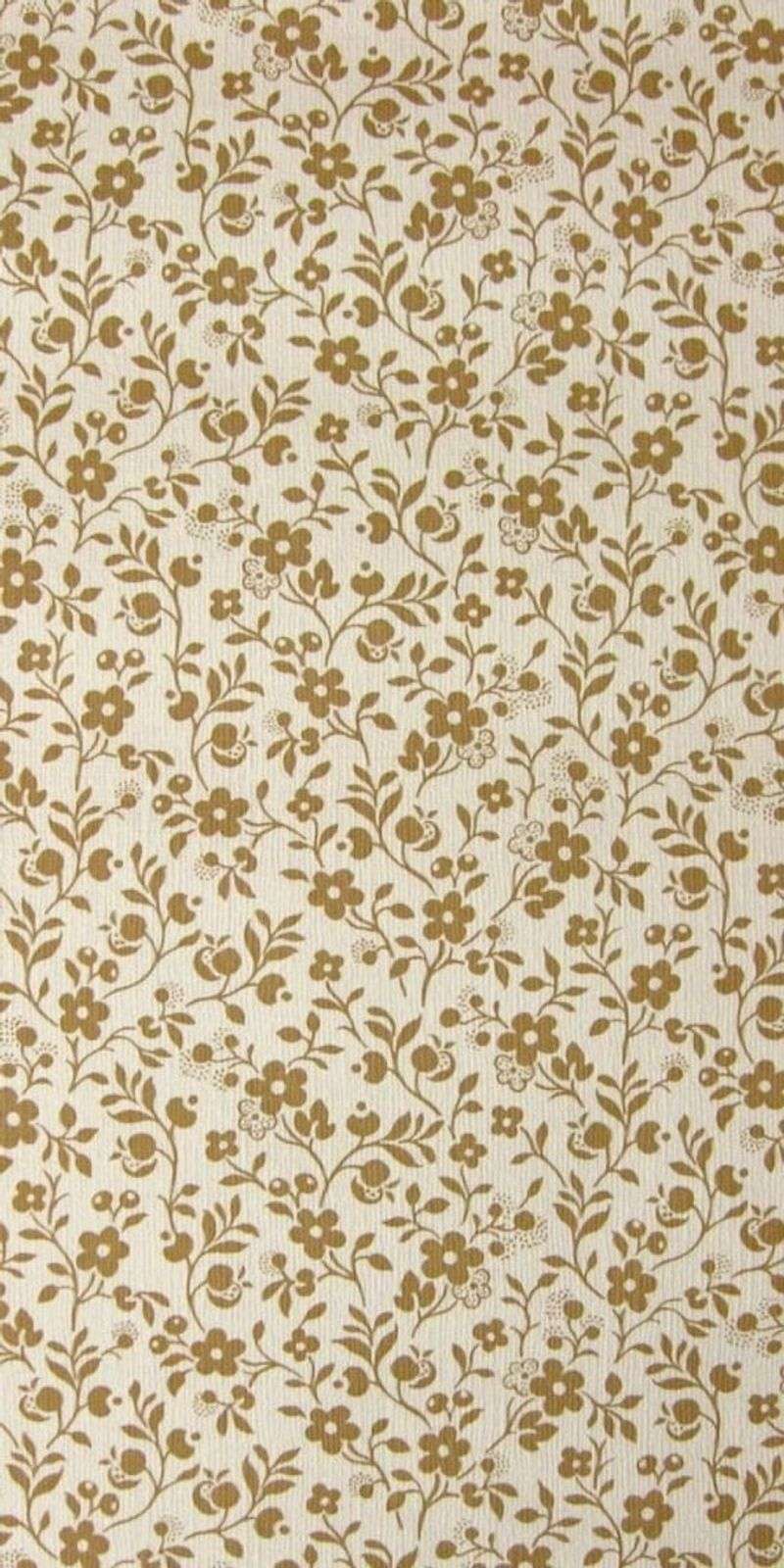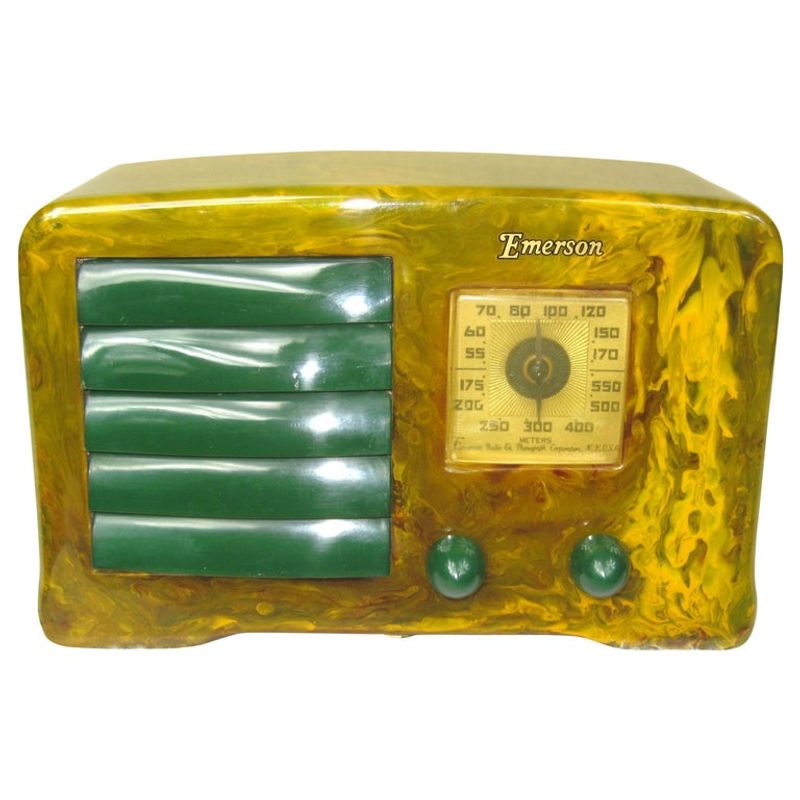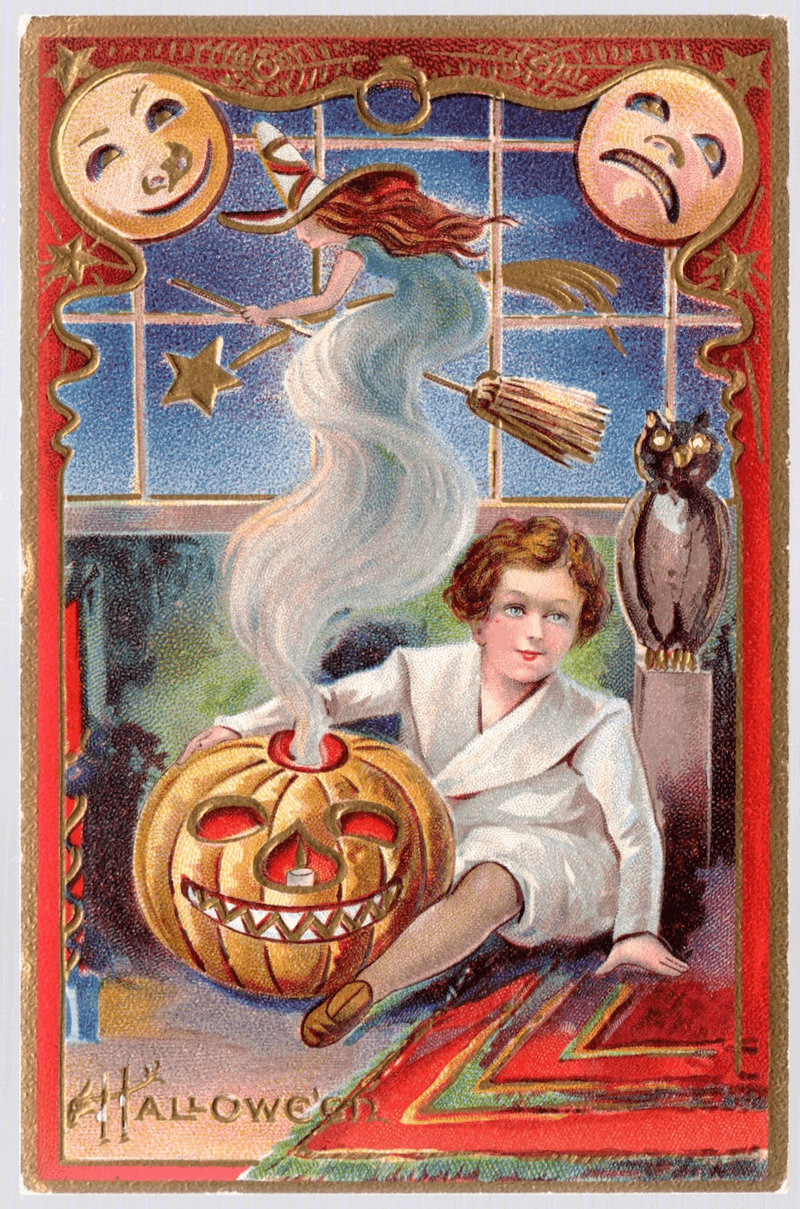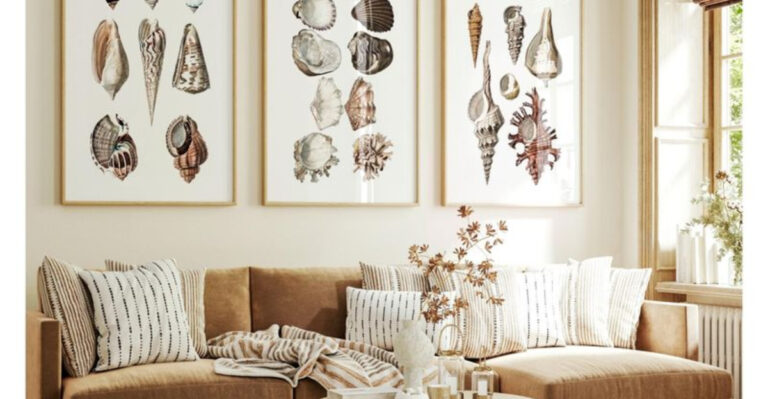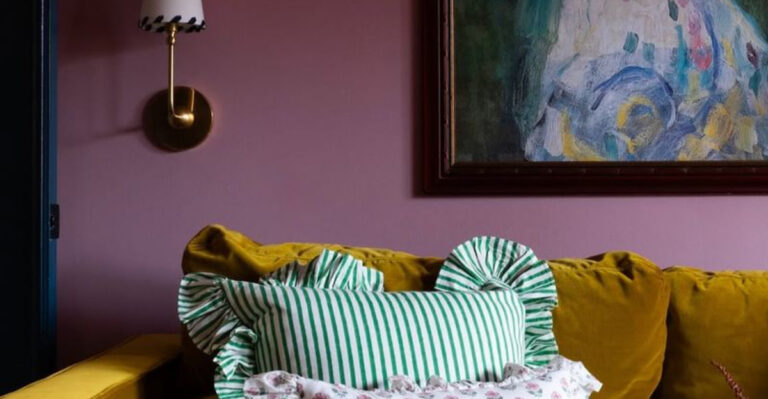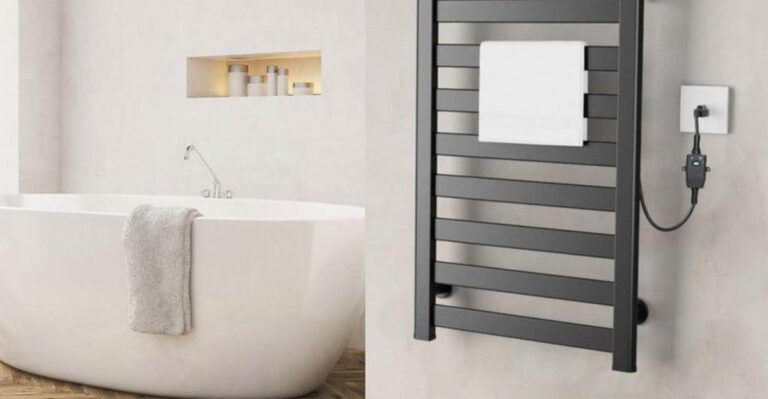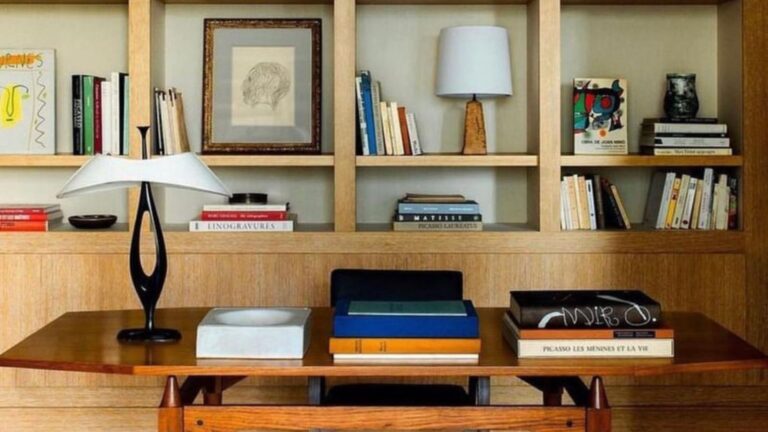19 Valuable Antiques That Are Rare But Look Like Junk
Have you ever walked past something at a yard sale thinking it was worthless, only to later discover it was worth thousands?
The antique world is full of hidden gems that don’t catch the eye at first glance. Seemingly ordinary objects gathering dust in attics and basements could actually be rare collectibles sought after by serious antique hunters.
Before you toss out grandma’s old stuff, check if any of these unassuming treasures are hiding in plain sight.
1. Rusty Old Mason Jars
Would you believe those dusty glass containers in your grandparent’s shed might fund your next vacation? Certain vintage Mason jars from the 1800s, especially those with unusual colors or manufacturing quirks, can fetch upwards of $1,000 from collectors.
The blue-tinted ones are particularly valuable, while those with misprinted labels or production errors are considered rare gems in the collecting world. Jars with unusual closure mechanisms or those made during limited production runs might look worthless but hold surprising value.
Before tossing out any old canning jars, check for names like ‘Ball,’ ‘Atlas,’ or ‘Kerr’ along with unusual tints, bubbles in the glass, or odd shapes.
2. Tarnished Metal Toys
Those beat-up toy cars or trains gathering cobwebs might be little gold mines. Vintage toys from manufacturers like Buddy L, Lionel, or Marx often increase in value dramatically over time, especially when they’ve maintained their original paint despite the tarnish.
What appears to be a worthless piece of rusty metal could actually be a coveted collector’s item worth hundreds or even thousands. Cast iron toys from the early 20th century are particularly valuable, with some rare examples selling for five-figure sums at auction.
Look for manufacturing marks on the underside, as these help identify the age and origin of the piece – crucial factors in determining its true market value.
3. Cracked Vintage Pottery
Contrary to what you might think, that chipped vase with the hairline fracture could be worth a small fortune. Pottery from renowned makers like Roseville, Weller, or Van Briggle often maintains significant value despite imperfections.
Serious collectors understand that finding pristine examples of certain pottery lines is nearly impossible due to their age and fragility. The distinctive glazes, unique shapes, and artistic merit of these pieces frequently outweigh minor damage in the eyes of enthusiasts.
When examining old pottery, flip it over and look for maker’s marks, which are typically found on the bottom. Even with visible damage, pieces from sought-after art pottery studios can command impressive prices at auction.
4. Faded Vintage Photographs
That shoebox of yellowed photos in the attic might contain more than just family memories. Daguerreotypes, ambrotypes, and tintypes from the 19th century can be extremely valuable, especially if they capture historical events, famous figures, or rare subjects.
Many people mistake these early photographic processes for worthless junk due to their tarnished appearance or faded images. The earliest examples from the 1840s-1860s are particularly prized by museums and serious collectors.
5. Chipped Bakelite Jewelry
At first glance, it might look like cheap plastic, but that chunky bracelet with a chip could be coveted Bakelite. This early synthetic material, popular from the 1920s to 1940s, has developed a passionate collector following, with some pieces selling for thousands despite minor damage.
Vibrant colors like cherry red, butterscotch, and green are especially sought after. The material has a distinctive smell when rubbed with hot water that helps identify it – a slightly chemical, formaldehyde-like scent that collectors affectionately call the “Bakelite smell test.”
6. Stained Vintage Linens
Many people hastily discard old tablecloths and napkins with yellowing or light stains, not realizing they might be tossing out valuable textiles. Hand-embroidered linens from the Victorian era through the 1950s can fetch surprising prices, especially those with intricate needlework or unusual patterns.
Household items from specific historical periods like Arts and Crafts, Art Deco, or Mid-Century Modern have developed dedicated collector bases. Even with age spots or minor damage, pieces with hand-tatted lace edges, drawn threadwork, or elaborate embroidery designs maintain their appeal.
Before discarding old linens, check for hand-stitching, manufacturer labels, or distinctive regional styles that might indicate a collectible treasure rather than ordinary household goods.
7. Scratched Vinyl Records
Music lovers might be surprised to learn that the box of scratched records in the basement could contain hidden gems worth hundreds or even thousands. First pressings, limited editions, or records from certain cult artists can command astronomical prices despite visible wear.
What matters most is often not the condition but the rarity and historical significance. Early blues recordings, certain jazz albums, or obscure rock releases might look like garage sale fodder but represent significant investments to serious collectors.
Before selling old records for pennies, check for colored vinyl, unusual labels, or test pressings. Even promotional copies with radio station markings or records with specific catalog numbers can be worth investigating before relegating them to the junk pile.
8. Discolored Paper Ephemera
Those old yellowed papers stuffed in drawers might seem worthless, but vintage advertisements, postcards, and product labels can be surprisingly valuable. Ephemera collectors eagerly seek items that were never meant to be preserved, making rarities out of everyday historical items.
Victorian trade cards, early 20th century travel posters, and vintage product packaging often sell for significant sums despite discoloration or minor tears. The graphic design, historical context, and cultural significance make these paper items desirable despite their imperfect condition.
9. Worn Leather-Bound Books
Most people overlook scuffed old books with detached covers or yellowed pages, but bibliophiles know certain titles can be worth thousands despite their condition. First editions of classic literature, books with limited print runs, or those with author signatures can be extremely valuable.
What appears to be a worthless old volume might actually be a rare first printing or contain valuable illustrations. Early scientific texts, children’s books (which were often read to destruction), and regional histories are frequently overlooked categories with significant collector interest.
When examining old books, check the copyright page for printing information, look for hand-colored plates or maps, and examine any handwritten inscriptions that might reveal provenance or include an author’s signature.
10. Dented Copper Cookware
Many homeowners mistake that dull, dented copper pot for worthless junk, but antique cookware from prestigious makers can command impressive prices. Vintage pieces from manufacturers like Dehillerin, Mauviel, or Waldow are highly sought after by both collectors and professional chefs.
Handcrafted copper items from the 19th and early 20th centuries often feature distinctive craftsmanship that’s rarely found in modern equivalents. The patina that develops over decades of use is actually prized by enthusiasts who understand its historical significance.
11. Crumbling Vintage Suitcases
What might look like a decrepit old case falling apart at the seams could actually be a valuable piece of luggage history. Trunks and suitcases from luxury makers like Louis Vuitton, Goyard, or Hermès maintain significant value even when showing considerable wear.
The distinctive canvas patterns, leather trims, and brass hardware of these high-end pieces are instantly recognizable to collectors. Even examples with damaged interiors, missing hardware, or water stains can sell for thousands if they come from prestigious manufacturers.
12. Faded Vintage Quilts
Grandma’s old blanket with worn patches and faded colors might be dismissed as worthless, but antique quilts can command thousands from textile collectors. Certain patterns, regional styles, or quilts from specific historical periods are highly sought after despite showing signs of use.
Handcrafted examples from the 19th and early 20th centuries represent significant folk art history. The stitching techniques, fabric choices, and design elements tell stories about American domestic life and artistic traditions that museums and serious collectors value highly.
13. Chipped Enamel Kitchenware
Hiding in many kitchen cabinets are chipped enamel pots that might seem ready for the trash but could be worth hundreds to the right collector. Vintage enamelware from brands like Le Creuset, Descoware, or Dansk – especially in discontinued colors or unusual forms – maintains strong appeal despite cosmetic damage.
Mid-century pieces in particular have developed cult followings, with collectors eagerly seeking specific color lines or limited production items. The distinctive flame-orange Descoware promoted by Julia Child or Dansk’s turquoise paella pans represent design history that transcends minor chips or wear.
14. Damaged Vintage Pyrex
Lurking in kitchen cupboards nationwide are colorful glass dishes that might look ordinary but command extraordinary prices. Vintage Pyrex, especially patterns from the 1950s and 60s like “Pink Gooseberry” or “Butterprint,” can sell for hundreds despite minor damage.
The collecting community for mid-century kitchen items has exploded in recent years, with rare patterns or colors becoming increasingly difficult to find. Even pieces with slight discoloration, minor chips, or faded graphics maintain significant value due to their scarcity and nostalgic appeal.
15. Weathered Garden Statuary
That moss-covered concrete figure slowly crumbling in the garden might appear worthless, but vintage garden ornaments from certain manufacturers can be surprisingly valuable. Pieces from makers like Weller, Rookwood, or Galloway Terra Cotta often appreciate despite exposure to the elements.
Garden antiques have developed a specialized collector base seeking items that show authentic age and patina. The weathering that makes these pieces look like junk to the untrained eye is precisely what makes them desirable to landscapers and collectors designing period-appropriate gardens.
16. Rusted Cast Iron Pans
Most people would throw away a rusty old skillet, but vintage cast iron from certain manufacturers can be worth hundreds despite serious surface rust. Pans from makers like Griswold, Wagner, or early Lodge have developed cult followings among cooking enthusiasts and collectors alike.
What matters most is the underlying form, markings, and manufacturing era rather than current condition. Cast iron is remarkably resilient and can be restored from even severe rust with proper techniques.
17. Peeling Vintage Wallpaper
Before you tear down that peeling wallpaper in your old house, consider that unused vintage rolls can be worth significant money. Collectors and historic home restorers often pay premium prices for authentic period wallpaper, especially from renowned designers or specific aesthetic movements.
Papers from the Victorian era, Arts and Crafts period, or Mid-Century designs by companies like Sanderson or Cole & Son are particularly sought after. Even small unused portions can be valuable for patching historic interiors or for collectors preserving design history.
18. Scratched Bakelite Radios
Hiding in many attics are old plastic radios that might look worthless but represent valuable pieces of design history. Vintage Bakelite radios from the 1930s-50s, especially those with unique shapes or colors, can sell for hundreds or thousands despite cosmetic damage.
Models from manufacturers like Fada, Emerson, or Catalin have become iconic examples of industrial design. The distinctive rounded shapes, innovative use of early plastics, and historical significance as household entertainment centers make them desirable collector items.
19. Stained Vintage Postcards
That shoebox of yellowed postcards in the attic might seem like recycling material, but certain vintage cards can be worth significant money to collectors. Cards featuring specific subjects like Halloween imagery, Santa Claus, early aviation, or small-town views can command premium prices despite condition issues.
The rarity of the image, historical significance, and age often matter more than pristine condition. Early 20th century “real photo” postcards showing now-vanished buildings, unusual occupations, or historical events are particularly valuable.

